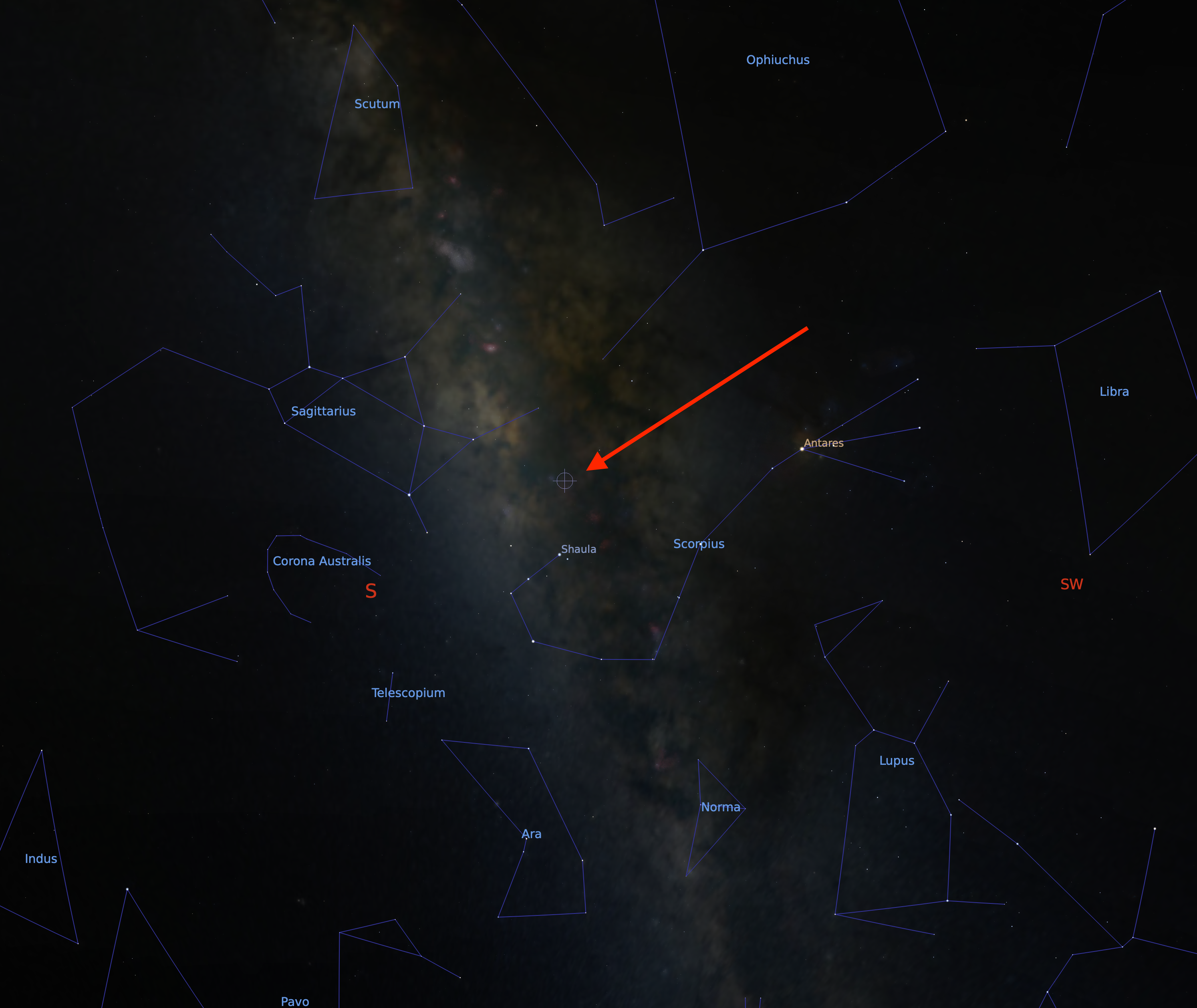A Quite Strange Radio Signal

Radio astronomy is the discipline in astronomy that uses radio waves instead of light to observe and study the sky. Many objects and phenomena in space emit light, visible or invisible, such as infrared and radio signals. ASKAP (Australian Square Kilometer Array Pathfinder) is a large array of 36 radio telescopes that extends over 4,000 square meters or 43,055 square feet.
Between January 2020 and September 2020 a team of astronomers have discovered a very strange variable radio signal coming from the direction of the Milky Way’s center. Variable radio sources in this region are not rare and not all of them have yet received a fully satisfactory explanation, but this one, named ASKAP J173608.2-321635 after its coordinates in the sky, is peculiar and strange in many ways.
The signal has actually been confirmed through 13 observations made with different instruments in Australia and South Africa. It is highly polarized which may suggest a strong magnetic field and the polarization rotates in time. Its strength changes randomly, or at least without any obvious pattern.

Another very strange feature is that it has been only detected in two wavelengths: 888 MHz and 1.29 GHz, but without any other optical counterparts. Radio sources are generally astronomical phenomenons such pulsars, supernovae or even black holes and they almost never emit only in one single radio spectrum. Astronomers are usually able to detect infrared or X-ray emissions in parallel to radio signals. Not in this case, however.
The team has compared this radio source and its behavior to all know radio sources, but failed to make it fit into any known category and thus to explain its unusually high variability and the absence of any emissions in other wavelengths.









